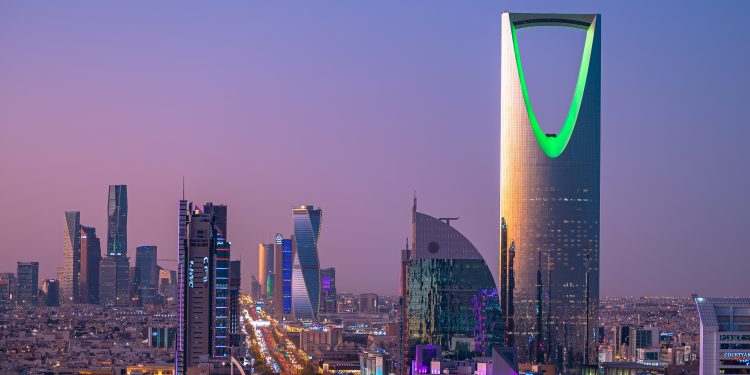Moody’s Investors Service has sustained Saudi Arabia’s A1 credit rating with a positive outlook. This affirmation reflects the country’s large and affluent economy, bolstered by significant hydrocarbon reserves, effective policies, and a robust government financial position inclusive of substantial foreign reserves.
Despite this positive assessment, Saudi Arabia remains vulnerable to periodic downturns in oil demand and pricing. The country also faces long-term challenges as a result of the worldwide shift towards low-carbon energies, due to its current—but gradually reducing—dependence on the hydrocarbon sector. The nation is additionally navigating persistent regional geopolitical uncertainties.
“As Saudi Arabia navigates reduced oil production impacting overall economic growth, Moody’s projects a rise in the nation’s real GDP by 2 to 2.5 percent in 2024, with expectations of a surge to approximately 5 percent in 2025, driven by vigorous activities in the non-oil sector,” the report highlighted.
The momentum in the non-oil sector is anticipated to persist, propelled by the phased commercialization of large-scale diversification projects. These initiatives are part of Saudi Arabia’s strategic Vision 2030 agenda, aimed at reducing the country’s reliance on oil.
The first quarter saw the kingdom’s economy retract, influenced by a downturn in the oil sector. Concurrently, non-oil and governmental sectors experienced growths of 2.8 percent and 2 percent respectively, as per preliminary data from the General Authority for Statistics.
This contraction was chiefly due to a stark 10.6 percent decline in oil activities. However, the kingdom, in concert with Opec+ allies, is curtailing oil output to stabilize the market.
Moody’s predicts that the voluntary oil production curtailments in Saudi Arabia will stay effective until year’s end, with a gradual relaxation commencing in 2025 in alignment with rising global demand.
The restraint in oil production is expected to affect the government’s fiscal health, with projected deficits of 3 to 4 percent of GDP for 2024-2025. This stands in contrast to the 2 percent deficit recorded in 2023. Oil prices are forecasted to average $82 per barrel in 2024, dipping to $75 per barrel the following year.
Based on fiscal projections, the government debt is projected to ascend to nearly 30 percent of GDP by 2025, up from 26 percent in 2023. Nonetheless, the government’s financial assets remain substantial, maintaining a strong balance sheet.
Moody’s positive outlook is rooted in the expectation that ongoing reforms and investments in diverse non-oil sectors will significantly diminish the country’s economic and fiscal dependence on hydrocarbons. This transition is likely to reduce susceptibility to oil price fluctuations and accelerate the global carbon transition, while also easing the imperative to bolster public spending for social support.
Earlier, S&P Global also reaffirmed Saudi Arabia’s sovereign rating, echoing confidence in the nation’s socio-economic reforms enhancing its future prospects.
In response to evolving economic and geopolitical climates, Saudi Arabia is adjusting its Vision 2030 strategy. The Finance Minister disclosed plans to modify the pace of certain projects within the Vision 2030 framework, either by scaling down or expediting them, at a special World Economic Forum assembly in Riyadh.


